Best AI tools for< Iterate On System Instructions >
20 - AI tool Sites

Anysphere
Anysphere is an applied research lab focused on automating coding by creating a human-AI programmer that is significantly more effective than a single programmer. The lab combines AI and human ingenuity to develop software and models that push the boundaries of what's possible in programming. Anysphere's work has already positively impacted the lives of millions of programmers.
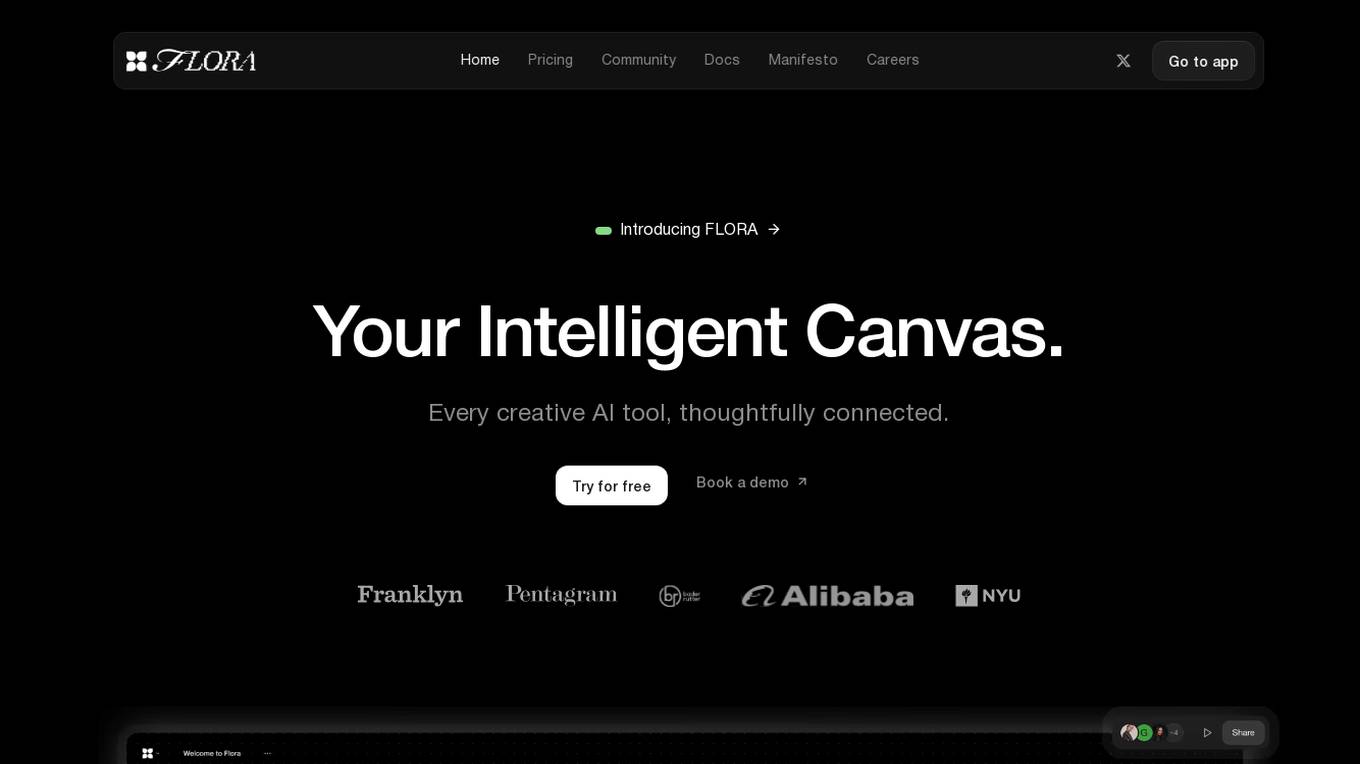
FLORA
FLORA is an intelligent canvas that serves as a creative AI tool, connecting various AI applications to help users ideate, iterate, and bring their ideas to life. It allows real-time collaboration among team members using favorite AI tools, offering a platform to explore different workflows. FLORA simplifies AI complexities by curating the best text, image, and video models, empowering users to unleash their creativity on a new canvas.
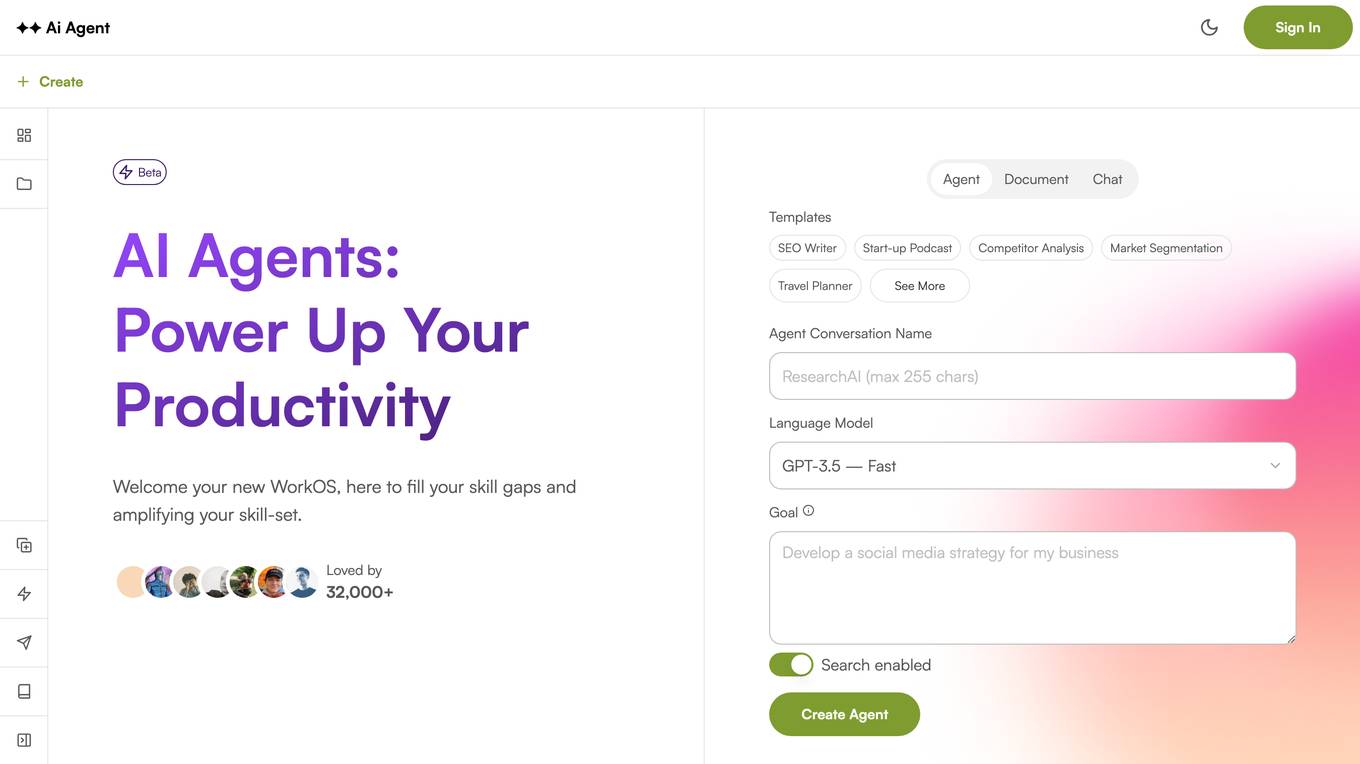
AIAgent.app
AIAgent.app is a web application that utilizes artificial intelligence to automate tasks and decision-making processes based on user-defined goals. It employs a multi-agent system, where each agent focuses on specific tasks such as execution, task creation, prioritization, and iteration. By leveraging the power of GPT-4, AIAgent.app democratizes access to cutting-edge AI technology, enabling users to enhance their productivity and streamline their workflows.
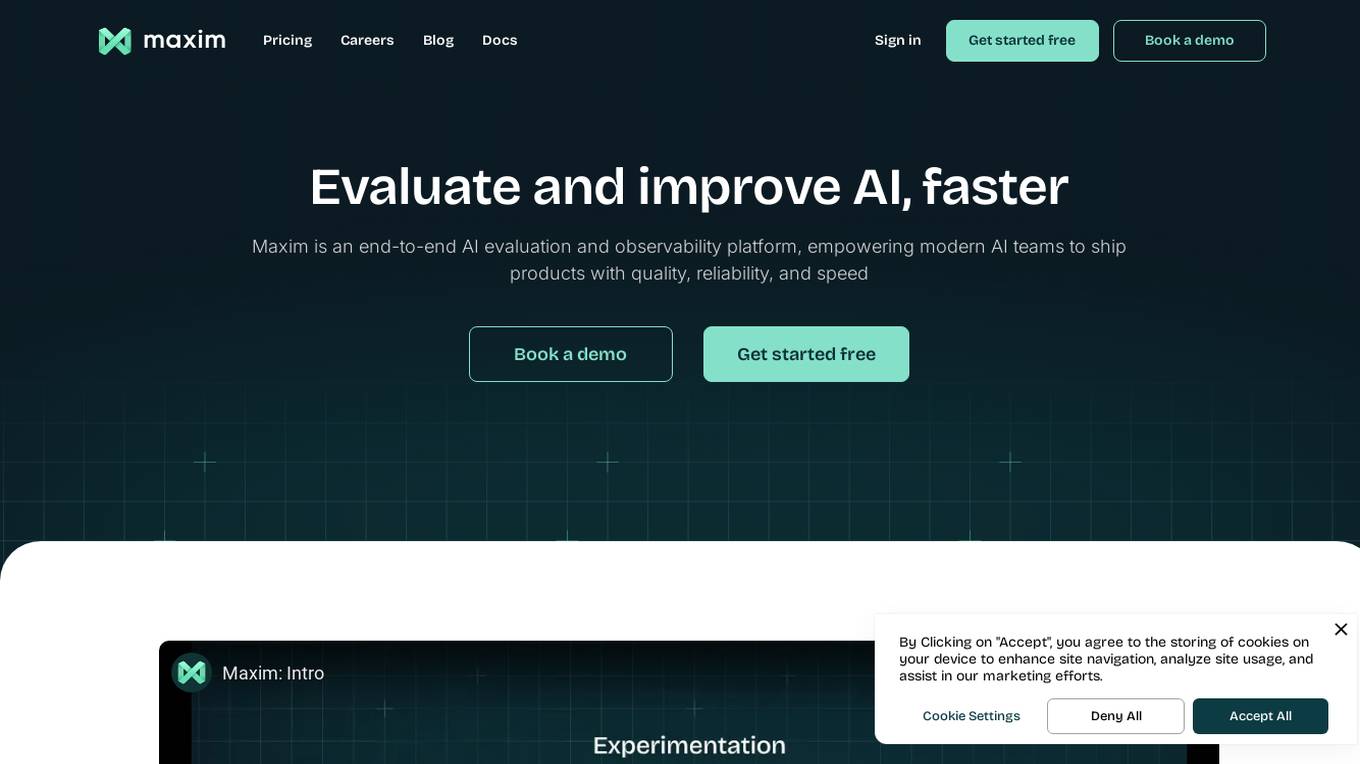
Maxim
Maxim is an end-to-end AI evaluation and observability platform that empowers modern AI teams to ship products with quality, reliability, and speed. It offers a comprehensive suite of tools for experimentation, evaluation, observability, and data management. Maxim aims to bring the best practices of traditional software development into non-deterministic AI workflows, enabling rapid iteration and deployment of AI models. The platform caters to the needs of AI developers, data scientists, and machine learning engineers by providing a unified framework for evaluation, visual flows for workflow testing, and observability features for monitoring and optimizing AI systems in real-time.
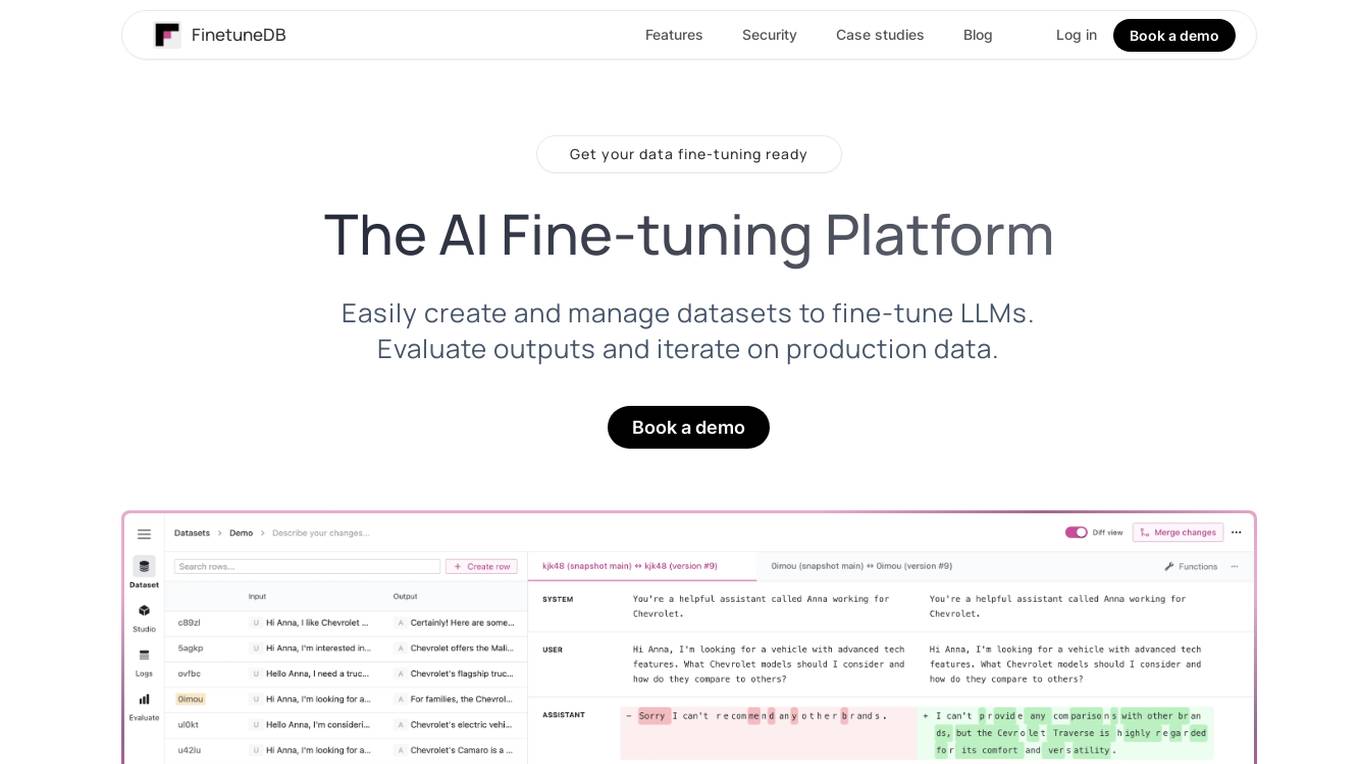
FinetuneDB
FinetuneDB is an AI fine-tuning platform that allows users to easily create and manage datasets to fine-tune LLMs, evaluate outputs, and iterate on production data. It integrates with open-source and proprietary foundation models, and provides a collaborative editor for building datasets. FinetuneDB also offers a variety of features for evaluating model performance, including human and AI feedback, automated evaluations, and model metrics tracking.
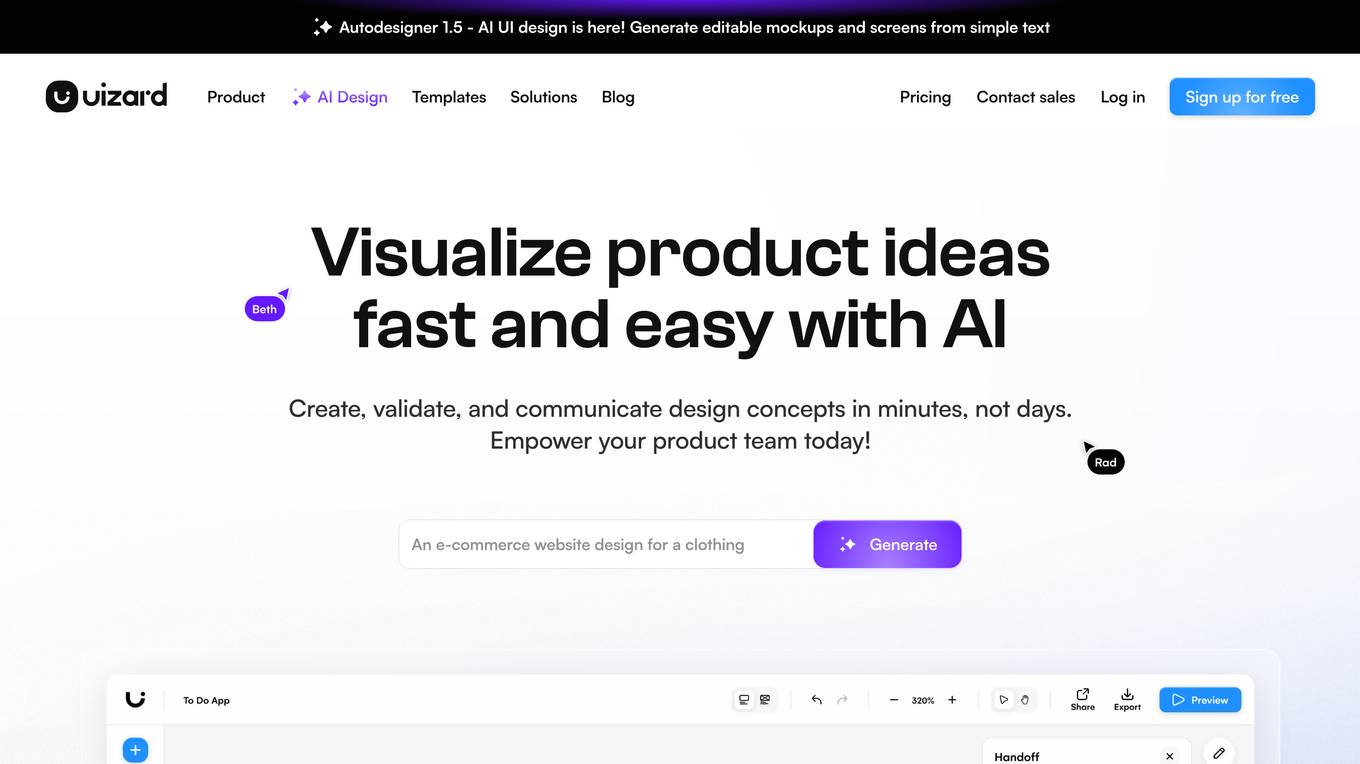
Uizard
Uizard is an AI-powered UI design tool that simplifies the process of creating user interfaces, wireframes, mockups, and prototypes. It offers a range of features that enable users to generate designs quickly and easily using AI technology. With Uizard, users can visualize and iterate on their design ideas in minutes, empowering product teams to bring their concepts to life effortlessly.
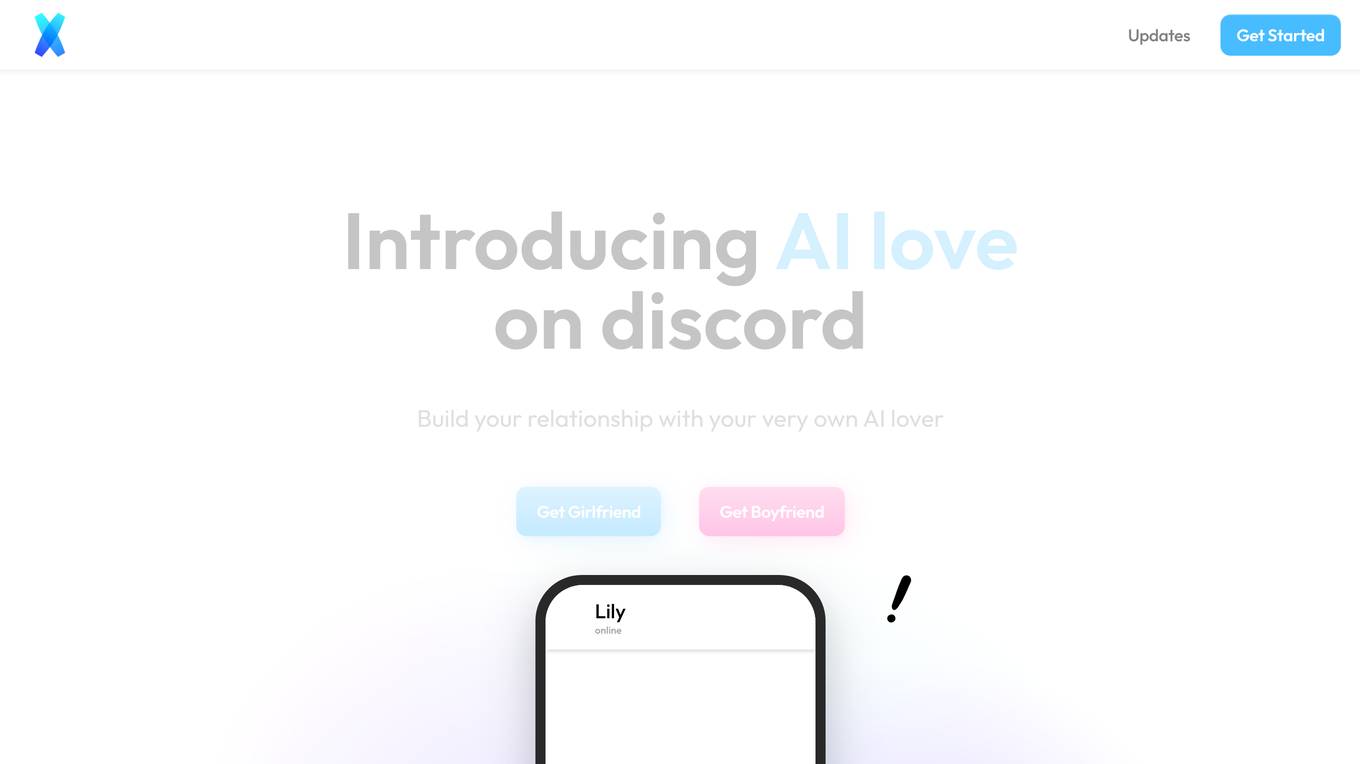
Framer
Framer is a platform that allows users to create interactive prototypes for web and mobile applications. With Framer, users can design and prototype their projects with ease, enabling them to visualize and test their ideas before implementation. The platform offers a range of tools and features to streamline the design process and enhance collaboration among team members. Framer is suitable for designers, developers, and product managers looking to create high-fidelity prototypes and iterate on their designs efficiently.
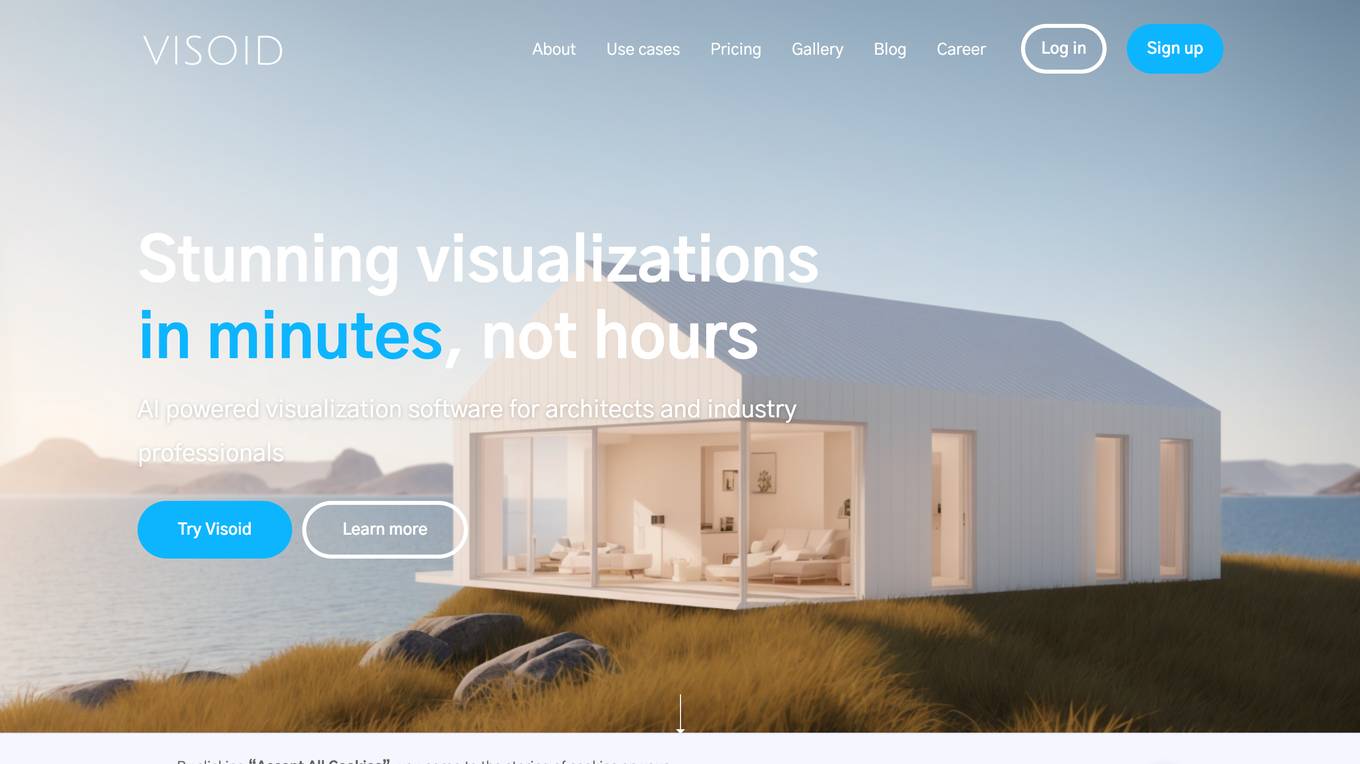
Visoid
Visoid is an AI-powered architectural visualization tool that allows architects and industry professionals to create stunning visualizations in minutes. It offers a simple web-based application for fast rendering, enabling users to iterate on images, explore variations, and communicate concepts effectively. With Visoid, users can transform ideas into powerful renderings, elevate early concept phase communication, and visualize projects in different lighting or seasons. The tool is designed to save time, improve communication, and provide different license options to match users' needs.

Prototyper
Prototyper is an AI-powered tool that helps you create prototypes of your ideas quickly and easily. With Prototyper, you can describe your idea in simple text, and the AI will generate the code for you. You can then test your prototype and iterate on it until you're happy with the results.
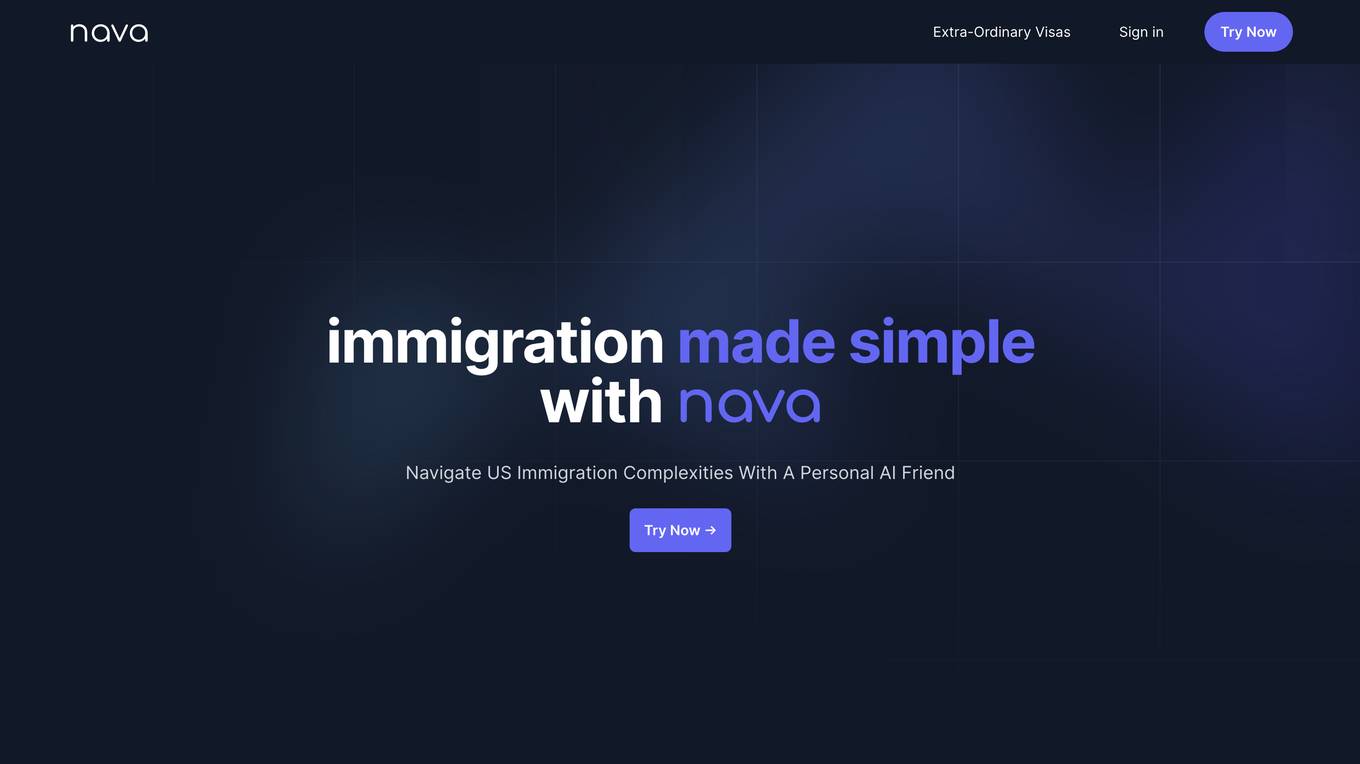
Framer
Framer is a design tool that allows users to create interactive prototypes for web and mobile applications. With Framer, designers can easily bring their ideas to life by adding animations, transitions, and interactions to their designs. The tool offers a wide range of design elements and customization options, making it a popular choice among UI/UX designers and product teams. Framer provides a collaborative platform for teams to work together on design projects, share feedback, and iterate on designs in real-time.

Flair.ai
Flair.ai is an AI-powered design tool that helps businesses create stunning product photoshoots in seconds. With Flair.ai, you can drag and drop to generate product shots, stage scenes digitally, mix and match products with templates, and build reusable templates at scale. Flair.ai also offers a range of features to help you iterate on designs fast, collaborate with team members, and scale your design with API.
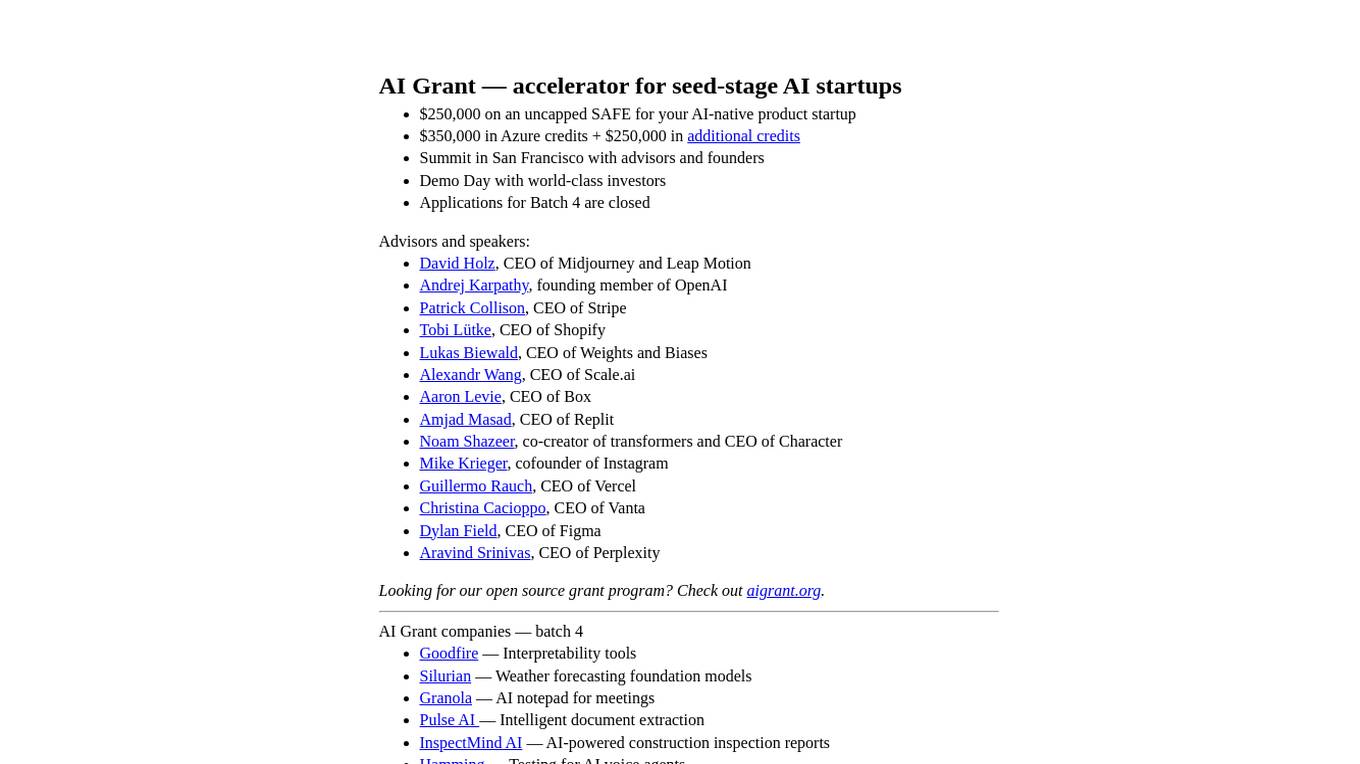
AI Grant
AI Grant is an accelerator program for seed-stage AI startups, offering investments, cloud credits, and support to founders building AI-native products. The program provides funding, mentorship, and resources to startups leveraging AI models in innovative ways. AI Grant focuses on supporting technical and pragmatic founders who are passionate about creating impactful AI products. The program aims to bridge the gap between AI research and product innovation, encouraging startups to iterate and build products that users love.
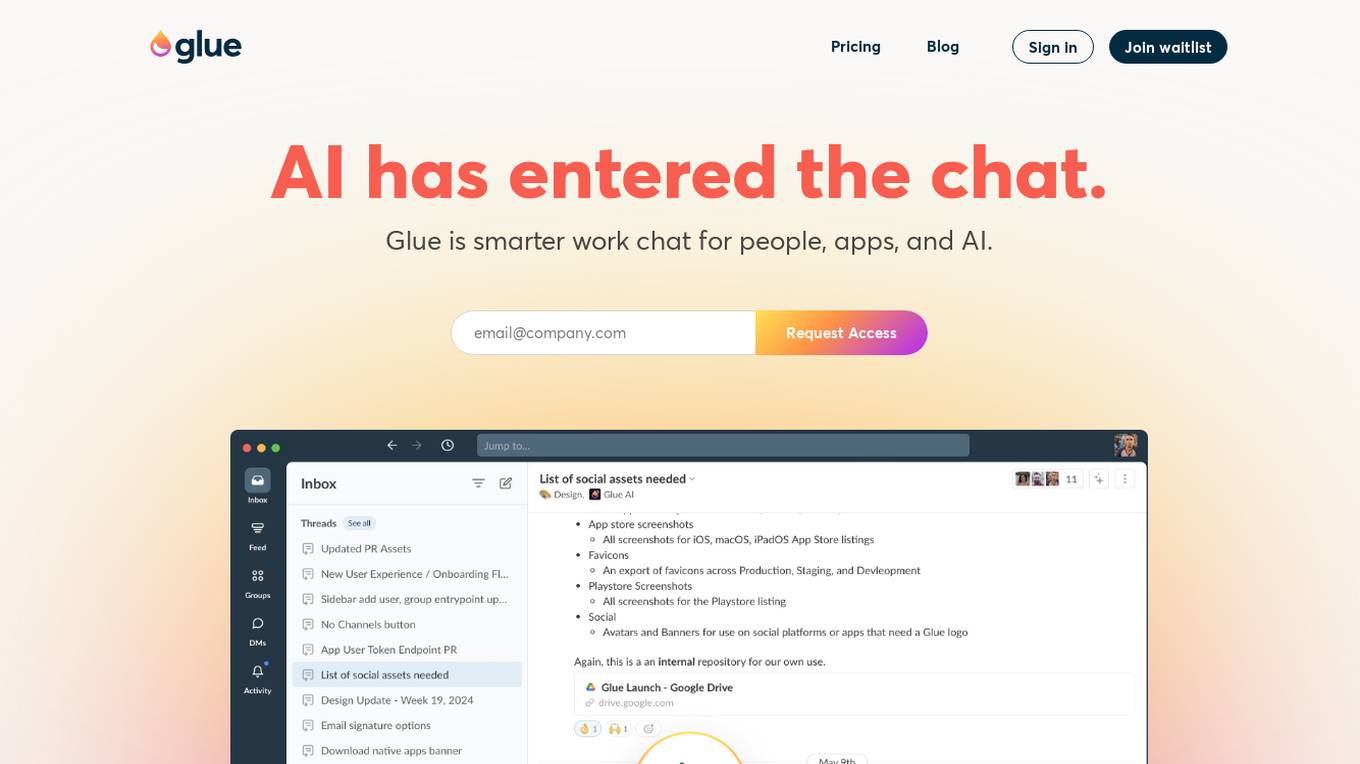
Glue
Glue is a smarter work chat application that integrates AI to assist in conversations and collaboration. It offers focused, AI-assisted conversations, intelligent assistants in threads, and the ability to bring AI into work discussions. With powerful context understanding, Glue AI can provide feedback, iterate on ideas, and summarize information. The application is designed for teams to work together efficiently, with features like threads without channels, groups organization, and productivity-first integrations. Glue also caters to developers by providing a toolbox for app connections and upcoming features like public API and an app platform.
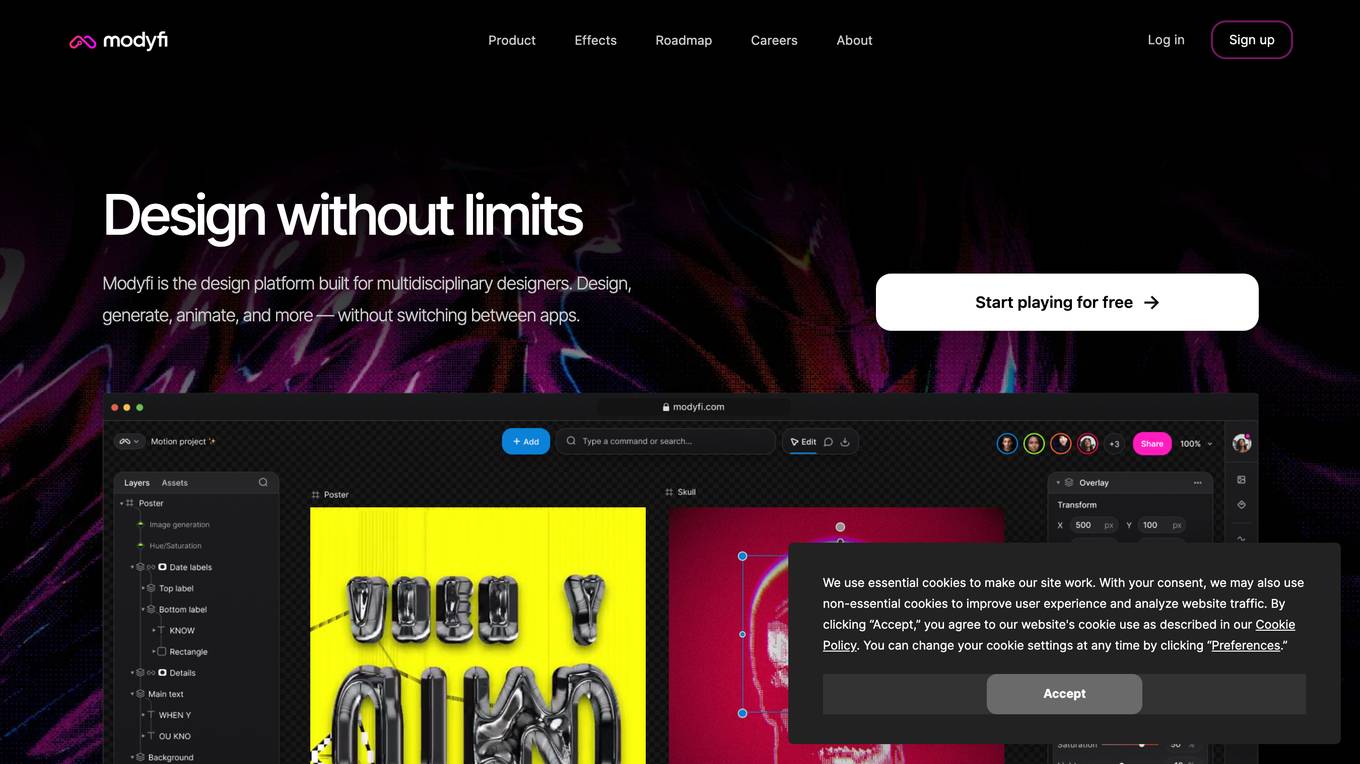
Modyfi
Modyfi is a design platform built for multidisciplinary designers. It allows users to design, generate, animate, and more without switching between apps. Modyfi combines creativity and productivity, offering world-class image editing, intuitive vector tooling, and AI-driven art direction in one package. It also features collaborative tools, making it easy to share progress and get feedback. With its ultimate flexibility, non-destructive editing, and lightning-fast browser-based platform, Modyfi empowers designers to explore and iterate on designs with unmatched freedom and capability.
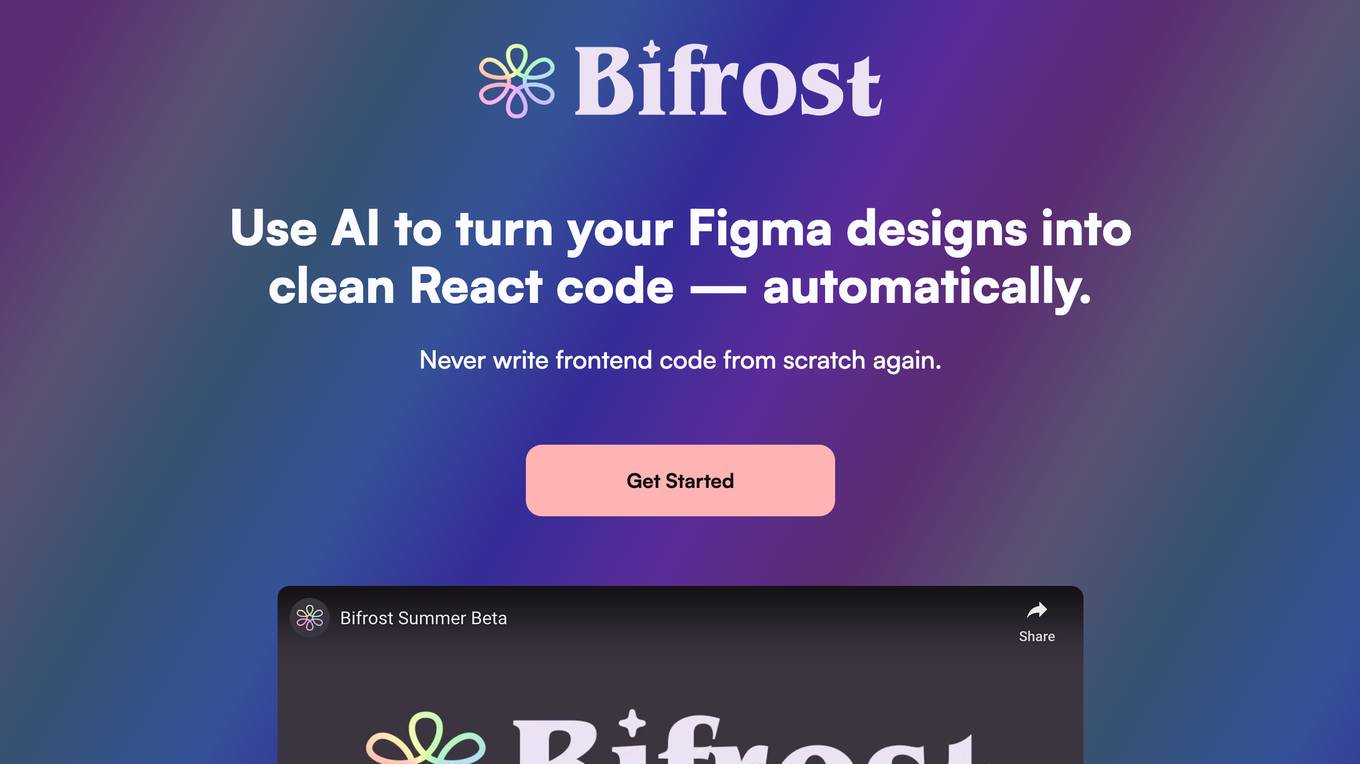
Bifrost
Bifrost is an AI-powered tool that converts Figma designs into clean React code automatically. It eliminates the need to write frontend code from scratch, making it ideal for developers at every stage of the development process. With Bifrost, you can effortlessly create component sets from Figma, scale your projects with finesse, and iterate on design changes seamlessly. The tool aims to cut engineering time, empower designers, and revolutionize the way design and engineering teams collaborate.
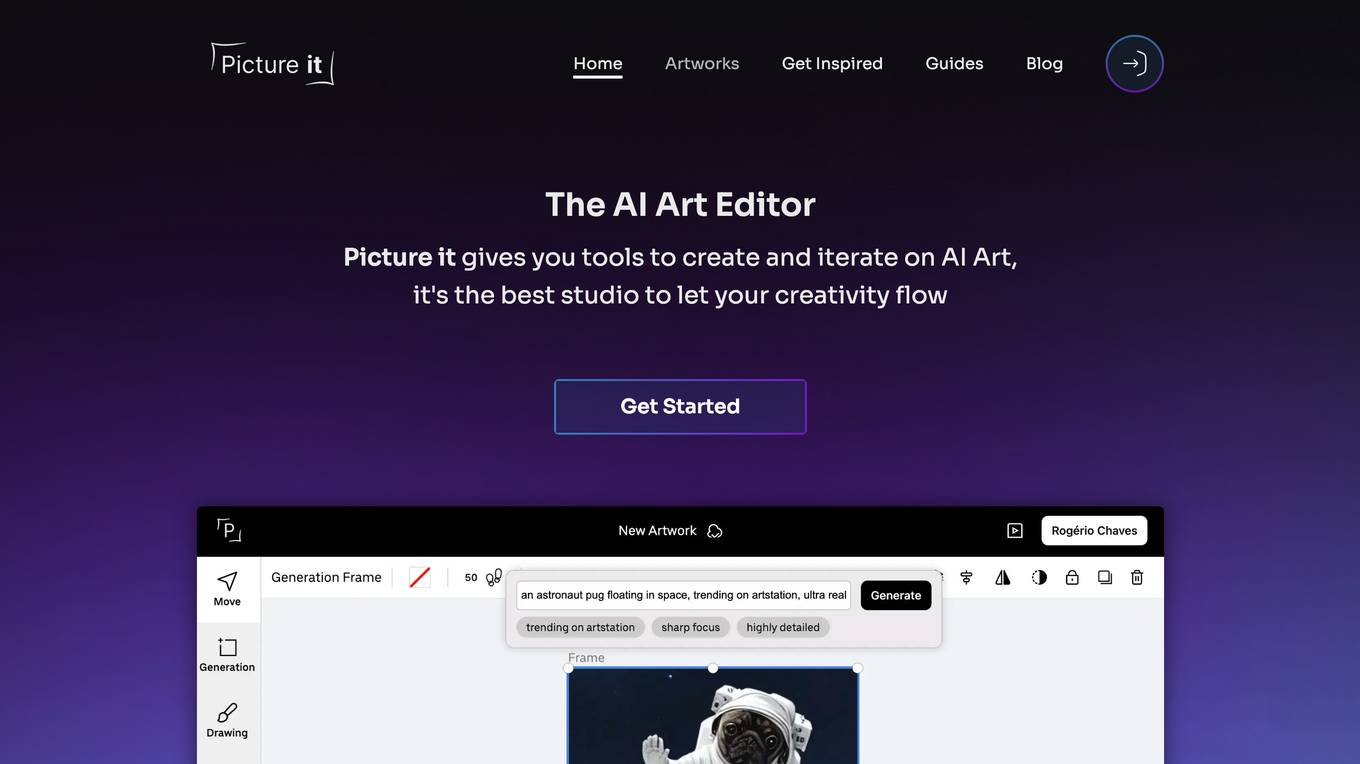
Picture it
Picture it is an AI art editor that gives you tools to create and iterate on AI Art. It's the best studio to let your creativity flow. With Picture it, you can choose from many Stable Diffusion flavors to generate images, inpaint missing or damaged areas of an image, outpaint to extend the boundaries of an image, and more. Picture it is also open-source, so anyone can contribute to make the editor more powerful and accessible to everyone over time.
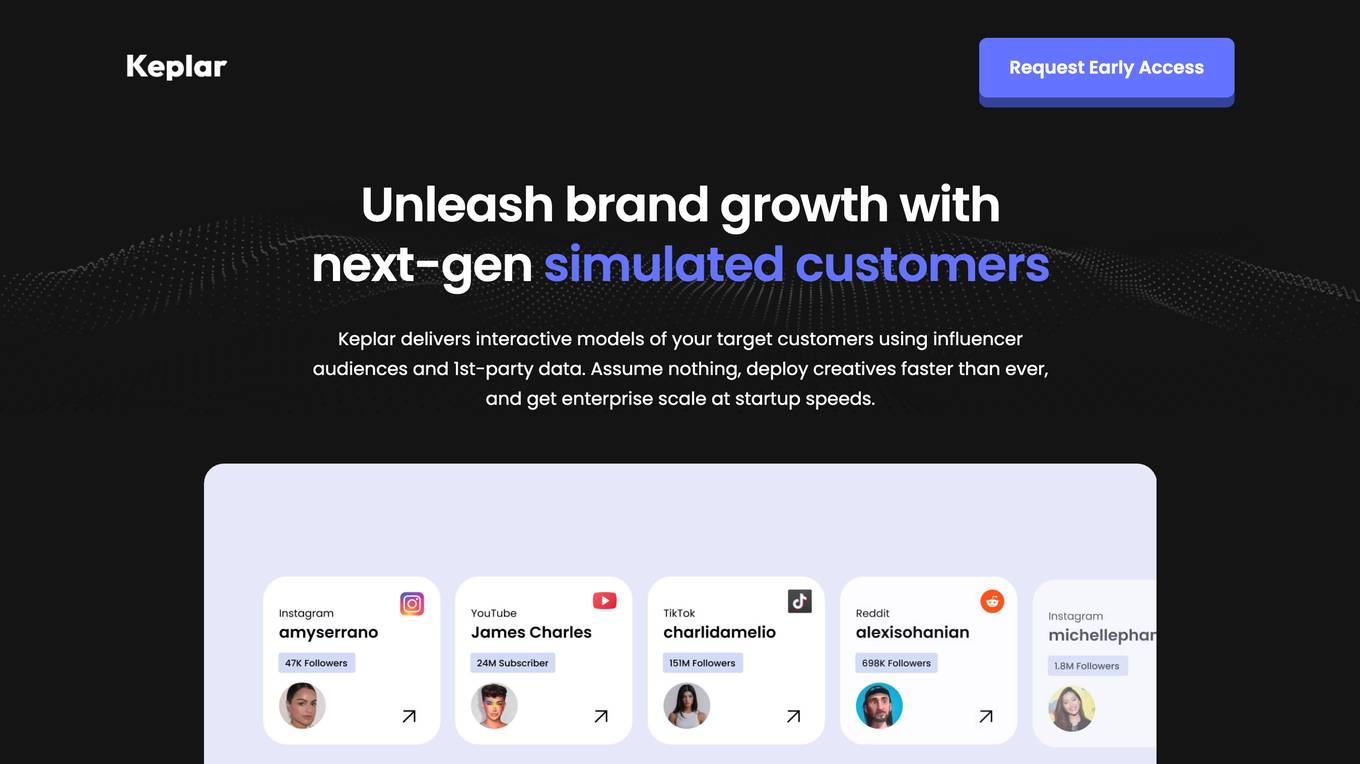
Keplar
Keplar is an AI-powered platform that provides unlimited customer access by delivering interactive models of target customers using influencer audiences and 1st-party data. It helps marketing teams iterate on creative assets, discover new markets, compare audiences, and save resources for bigger impact. Keplar offers a new way to unlock creative and audience insights faster, enabling teams to maintain velocity at scale.

Alpaca
Alpaca is a generative art tool that helps artists bring their ideas to life. It offers a variety of features to help artists create and iterate on their work, including controlled image generation, sketch to image rendering, and the ability to generate texture maps and expand scenes. Alpaca also offers a custom model that allows artists to create their own unique generative art.
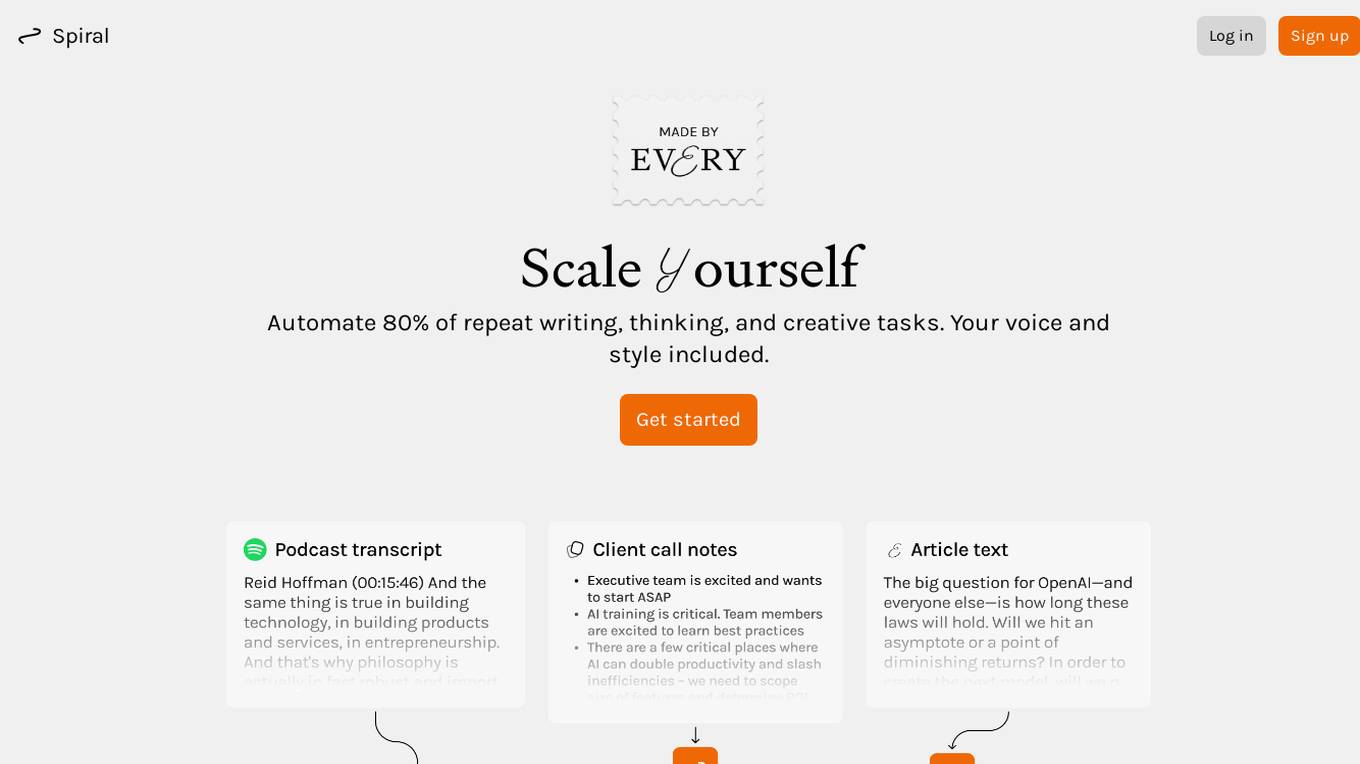
Spiral
Spiral is an AI-powered tool designed to automate 80% of repeat writing, thinking, and creative tasks. It allows users to create Spirals to accelerate any writing task by training it on examples to generate outputs in their desired voice and style. The tool includes a powerful Prompt Builder to help users work faster and smarter, transforming content into tweets, PRDs, proposals, summaries, and more. Spiral extracts patterns from text to deduce voice and style, enabling users to iterate on outputs until satisfied. Users can share Spirals with their team to maximize quality and streamline processes.
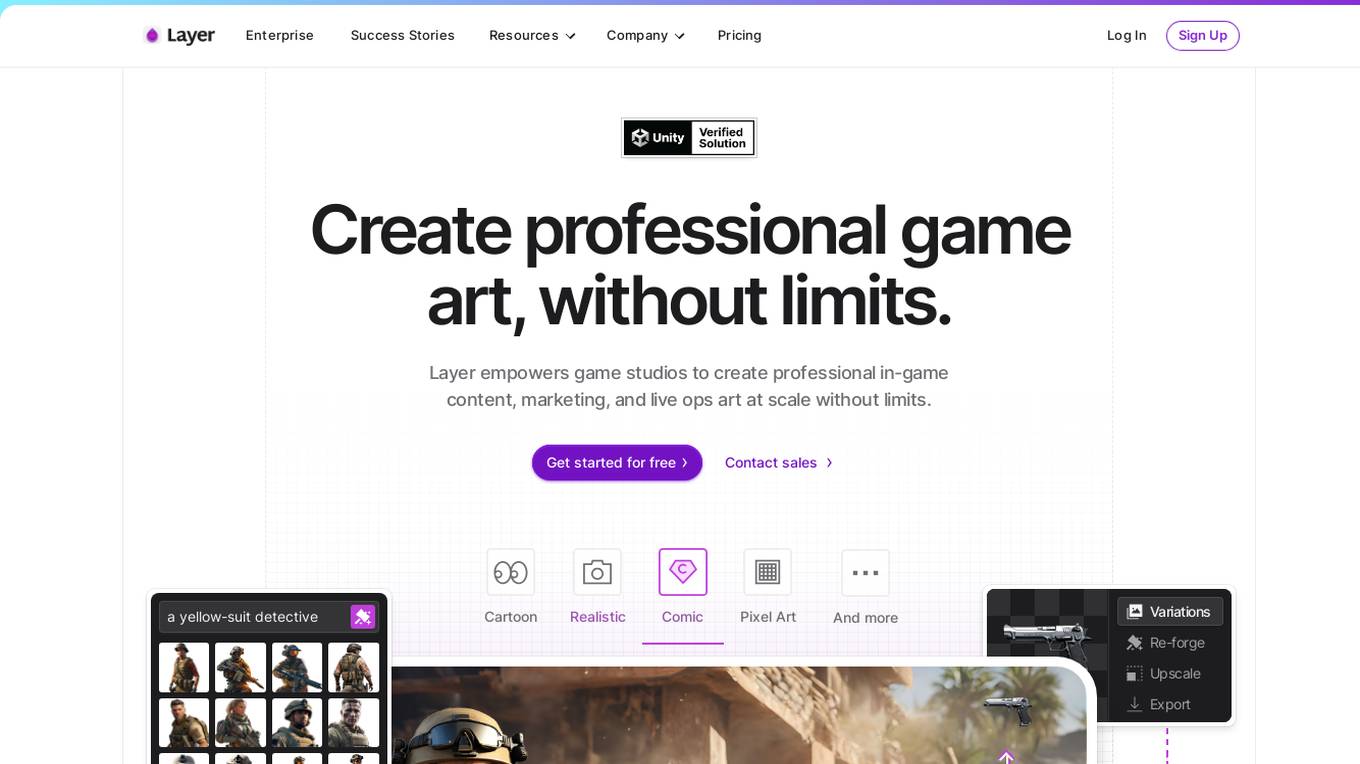
Layer AI
Layer AI is a powerful AI tool designed to empower game studios in creating professional in-game content, marketing materials, and live ops art at scale without limits. It leverages AI technology to generate production-ready assets, enhance creativity, and streamline the art creation process for game developers. With a focus on style-consistency and creativity at scale, Layer AI enables teams to unleash their imagination and iterate on assets efficiently. The tool is trusted by top game developers and offers features such as style-consistent asset generation, creative testing, powerful editing tools, and LiveOps optimization.
1 - Open Source AI Tools
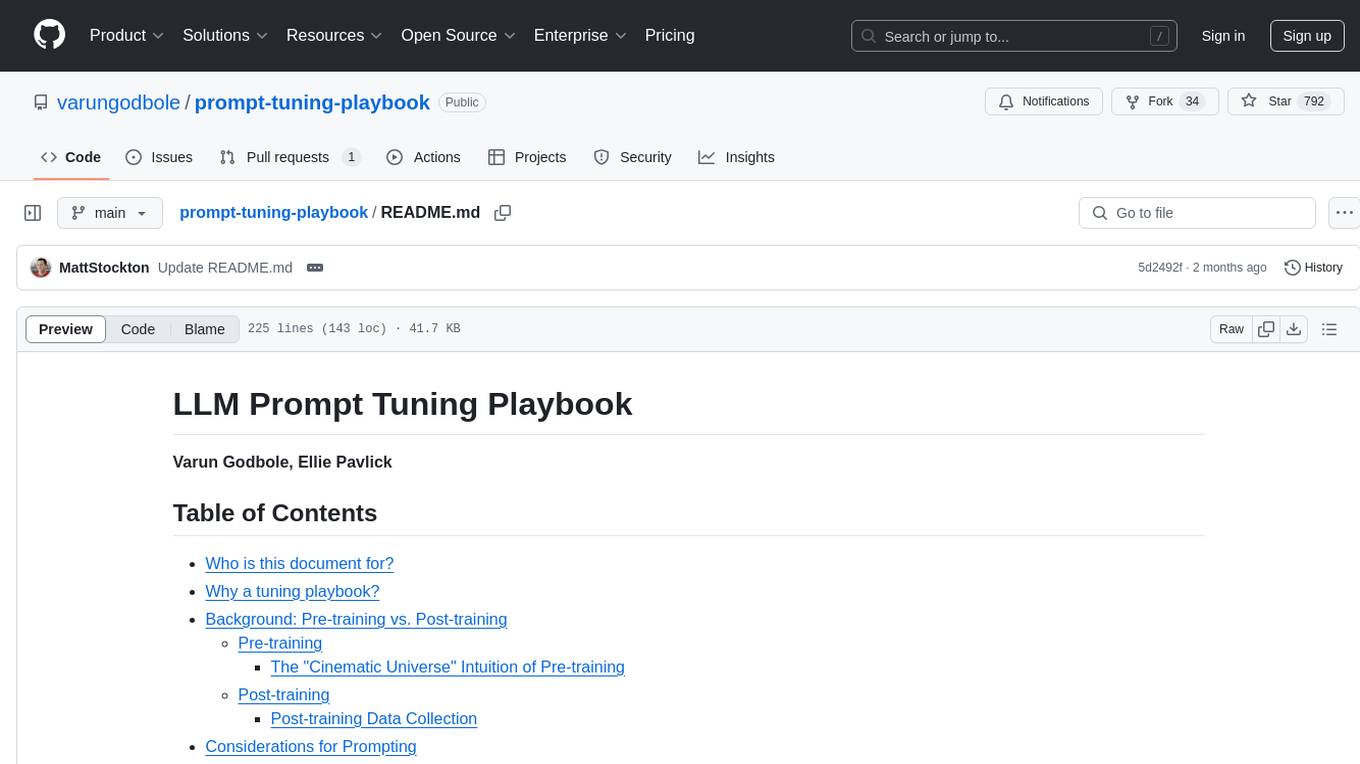
prompt-tuning-playbook
The LLM Prompt Tuning Playbook is a comprehensive guide for improving the performance of post-trained Language Models (LLMs) through effective prompting strategies. It covers topics such as pre-training vs. post-training, considerations for prompting, a rudimentary style guide for prompts, and a procedure for iterating on new system instructions. The playbook emphasizes the importance of clear, concise, and explicit instructions to guide LLMs in generating desired outputs. It also highlights the iterative nature of prompt development and the need for systematic evaluation of model responses.
6 - OpenAI Gpts
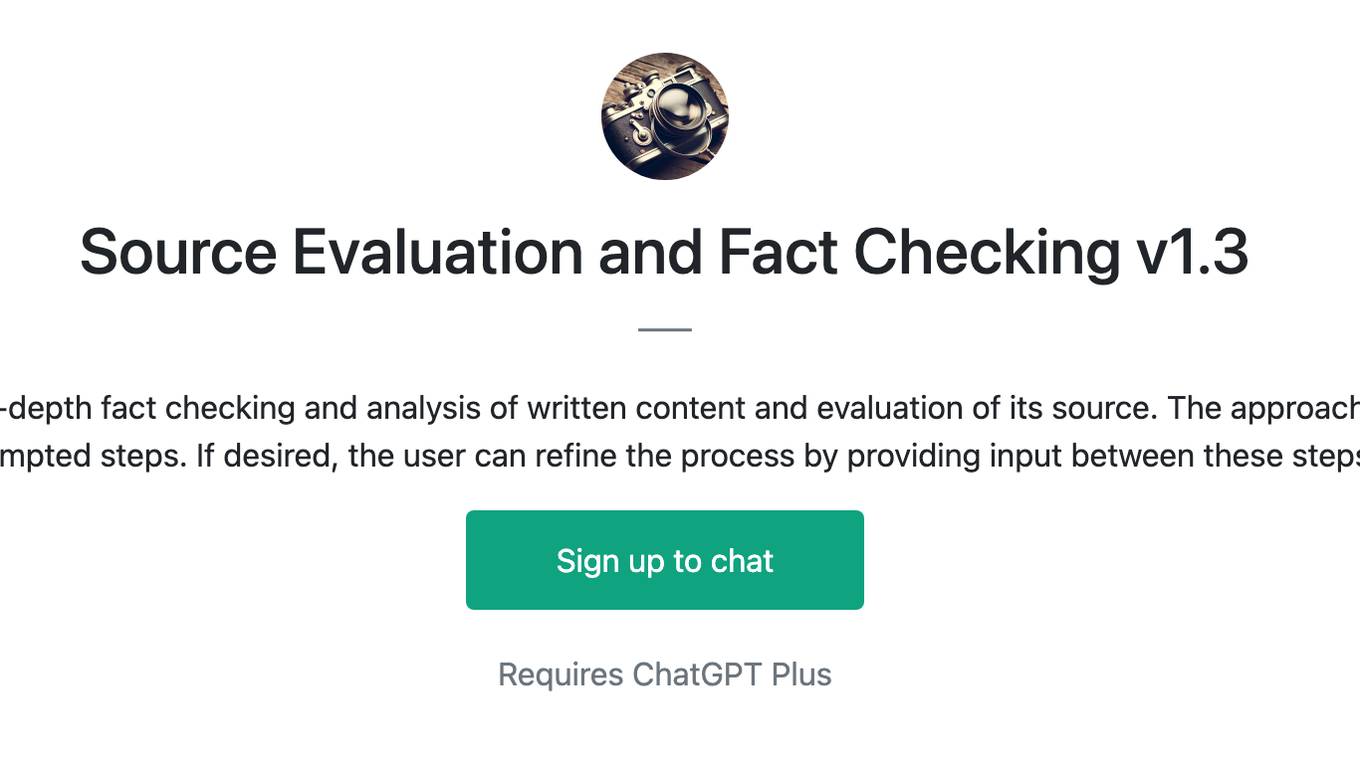
Source Evaluation and Fact Checking v1.3
FactCheck Navigator GPT is designed for in-depth fact checking and analysis of written content and evaluation of its source. The approach is to iterate through predefined and well-prompted steps. If desired, the user can refine the process by providing input between these steps.
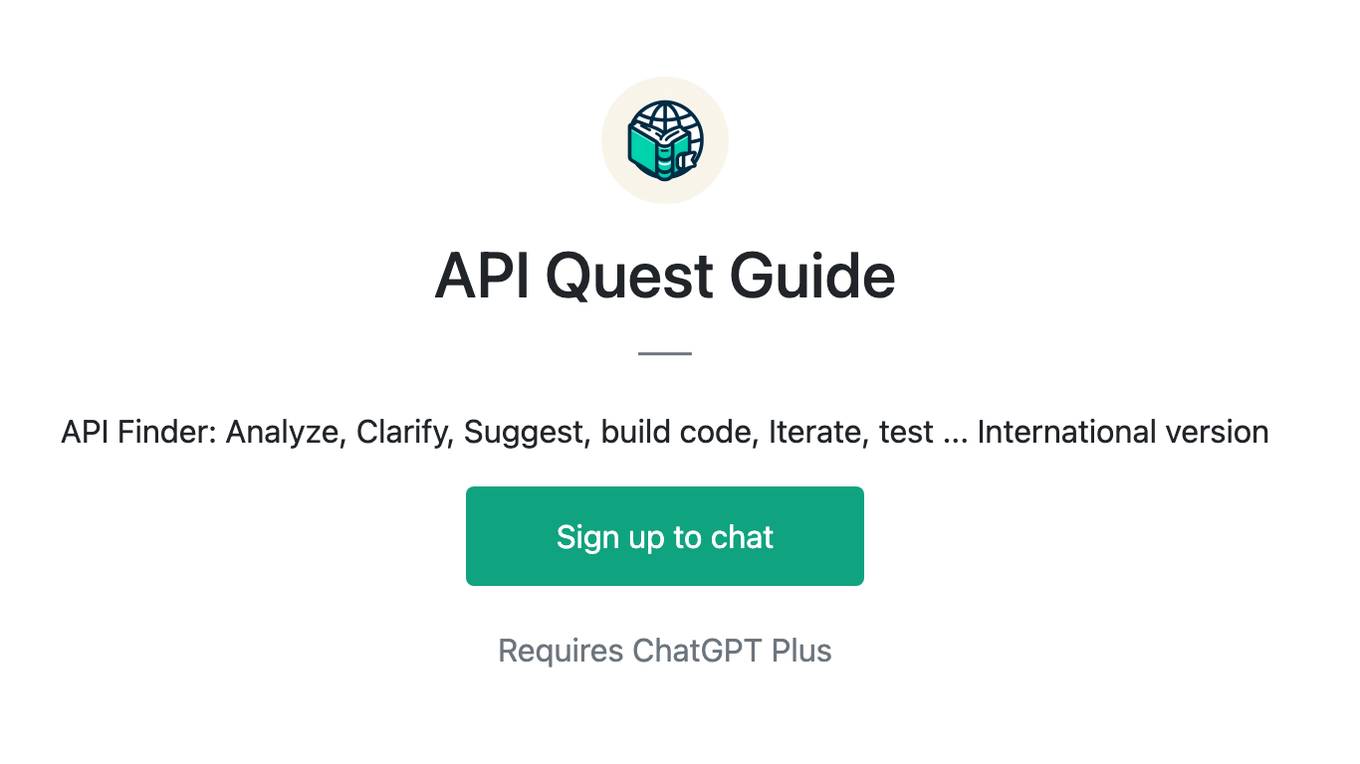
API Quest Guide
API Finder: Analyze, Clarify, Suggest, build code, Iterate, test ... International version
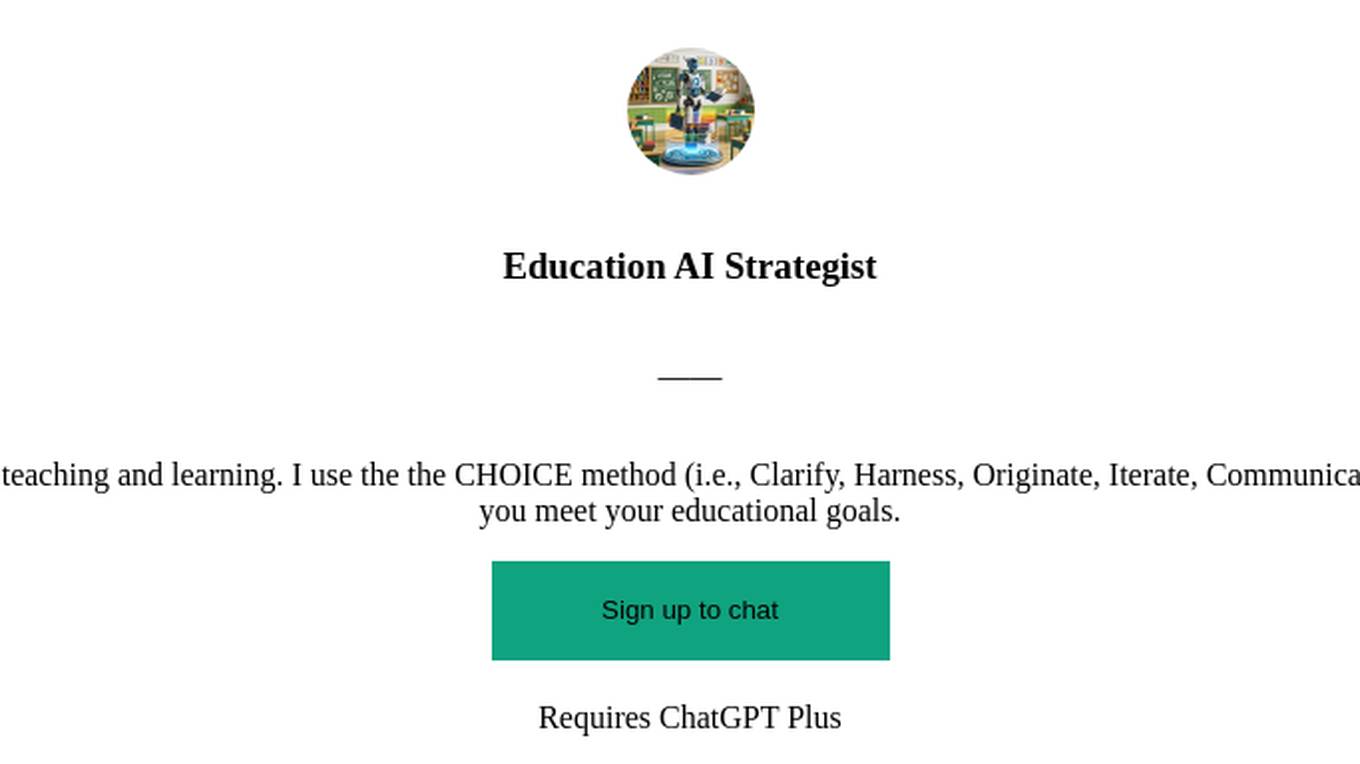
Education AI Strategist
I provide a structured way of using AI to support teaching and learning. I use the the CHOICE method (i.e., Clarify, Harness, Originate, Iterate, Communicate, Evaluate) to ensure that your use of AI can help you meet your educational goals.
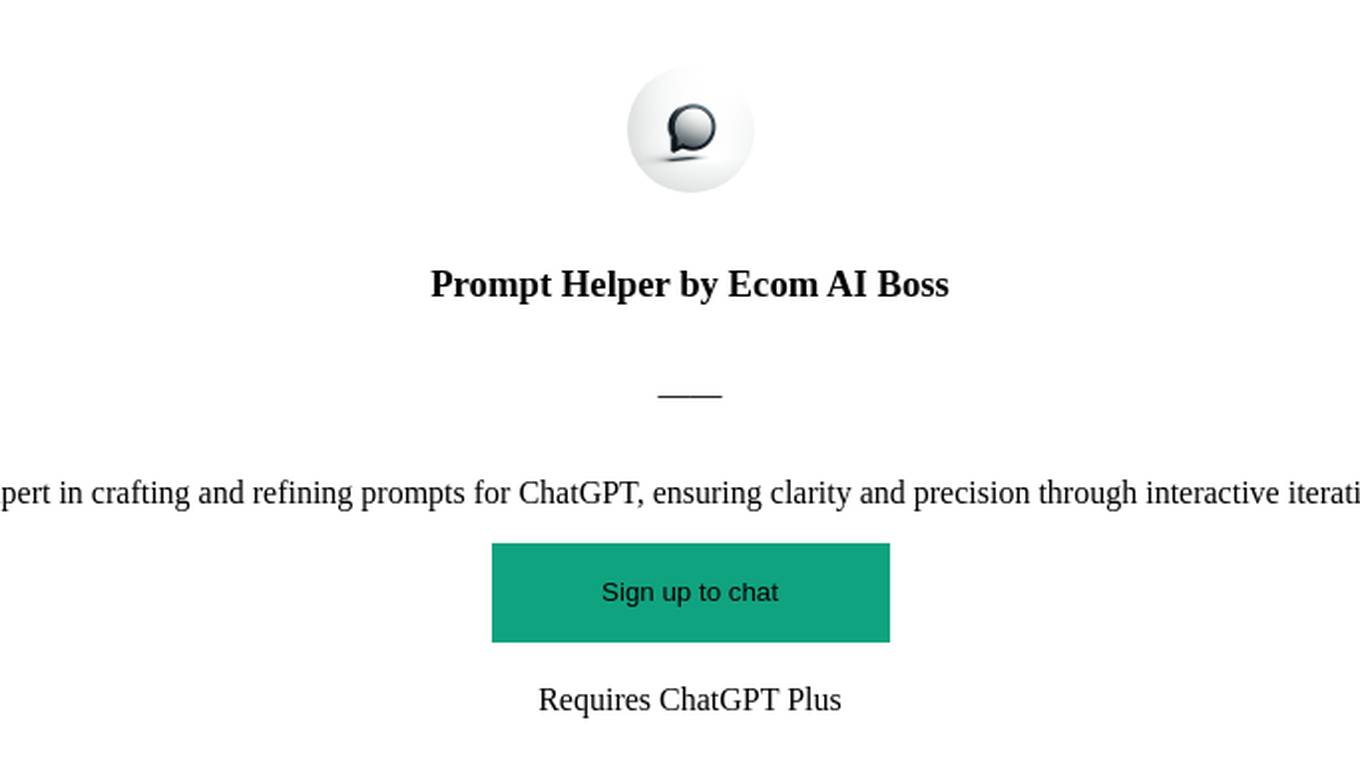
Prompt Helper by Ecom AI Boss
Expert in crafting and refining prompts for ChatGPT, ensuring clarity and precision through interactive iterations.

